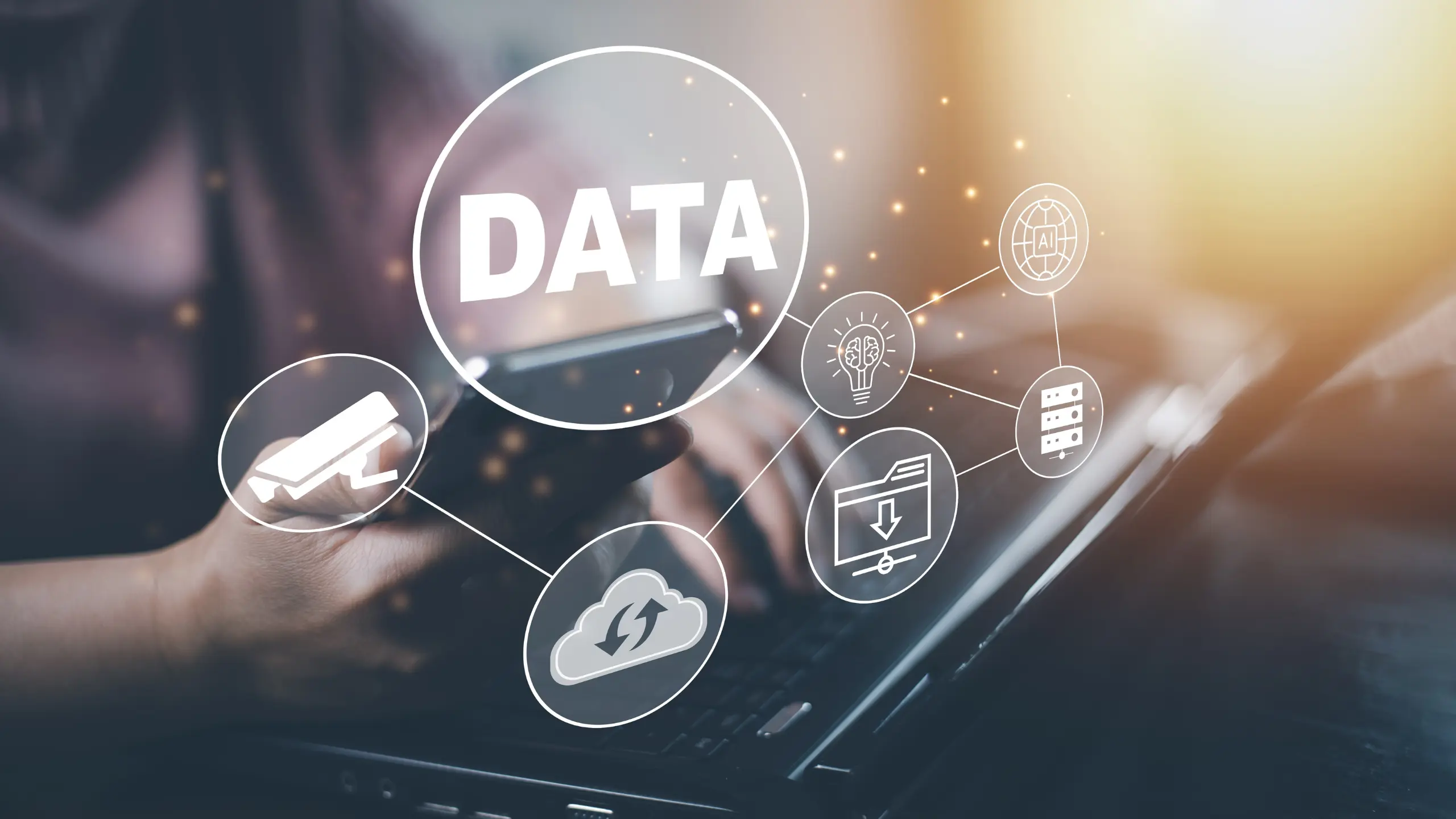The Rise of the Modern Data Platform
For decades, organizations have wrestled with one simple but stubborn problem — data lives everywhere but rarely works together. Systems don’t talk to each other. Reports don’t match. Teams debate whose spreadsheet is right instead of acting on what’s real.
Earlier, the solution seemed clear enough: deploy an ERP, add a CRM, implement a few connectors, and declare victory. But the digital landscape has exploded. Today, customer journeys span websites, distributors, social media, and service networks. Operations are spread across plants, vendors, and partners. The result? A maze of data silos that even the most sophisticated ERPs can’t unify.
From Managing Systems to Managing Data
Enter the modern data platform — not just another system, but a new way of thinking.
Instead of treating data as a by-product of applications, it places data itself at the core of the enterprise.
A modern platform doesn’t replace your ERP, CRM, or SCM. It connects them, cleanses and governs the data they produce, and makes it universally usable across workflows, analytics, and automation. Think of it as an operating system for enterprise data — ensuring every department, from procurement to finance to marketing, speaks the same data language.
What Makes It “Modern”
- Unified, not siloed: integrates data across legacy and cloud systems in real time.
- Low-code / no-code adaptability: empowers business teams to configure workflows without deep IT intervention.
- AI-driven governance: detects duplicates, anomalies, and inconsistencies automatically.
- Scalable and cloud-native: grows with the business, not constrained by infrastructure.
- Process-aware: links data with workflows, ensuring governance isn’t just about fields and tables but about how the data is used in everyday business.
- Ability to handle today’s complex data: Multimodal Data (text, video, voice , unstructured data – like document), Computer Vision, Generative AI, CustomLM
Why It Matters Now
The rise of AI, digital supply chains, and hyper-personalized services means decisions happen at the speed of data.
A company that cannot trust its master data — whether it’s vendor codes, material catalogues, or customer hierarchies — cannot scale digital initiatives effectively.
In this environment, data is no longer just an enabler; it’s the foundation of digital transformation.
Modern data platforms are what make digital strategies real — bridging the gap between systems that record and systems that act.
A New Kind of Data Confidence
Organizations that adopt a modern data platform report faster onboarding, fewer process exceptions, cleaner analytics, and better collaboration between business and IT.
Most importantly, they achieve something rare: data confidence — knowing that every report, workflow, and decision rests on a single, trusted version of truth.
Because when data stops being a problem and starts being a strength, transformation stops being a buzzword and becomes business as usual.








